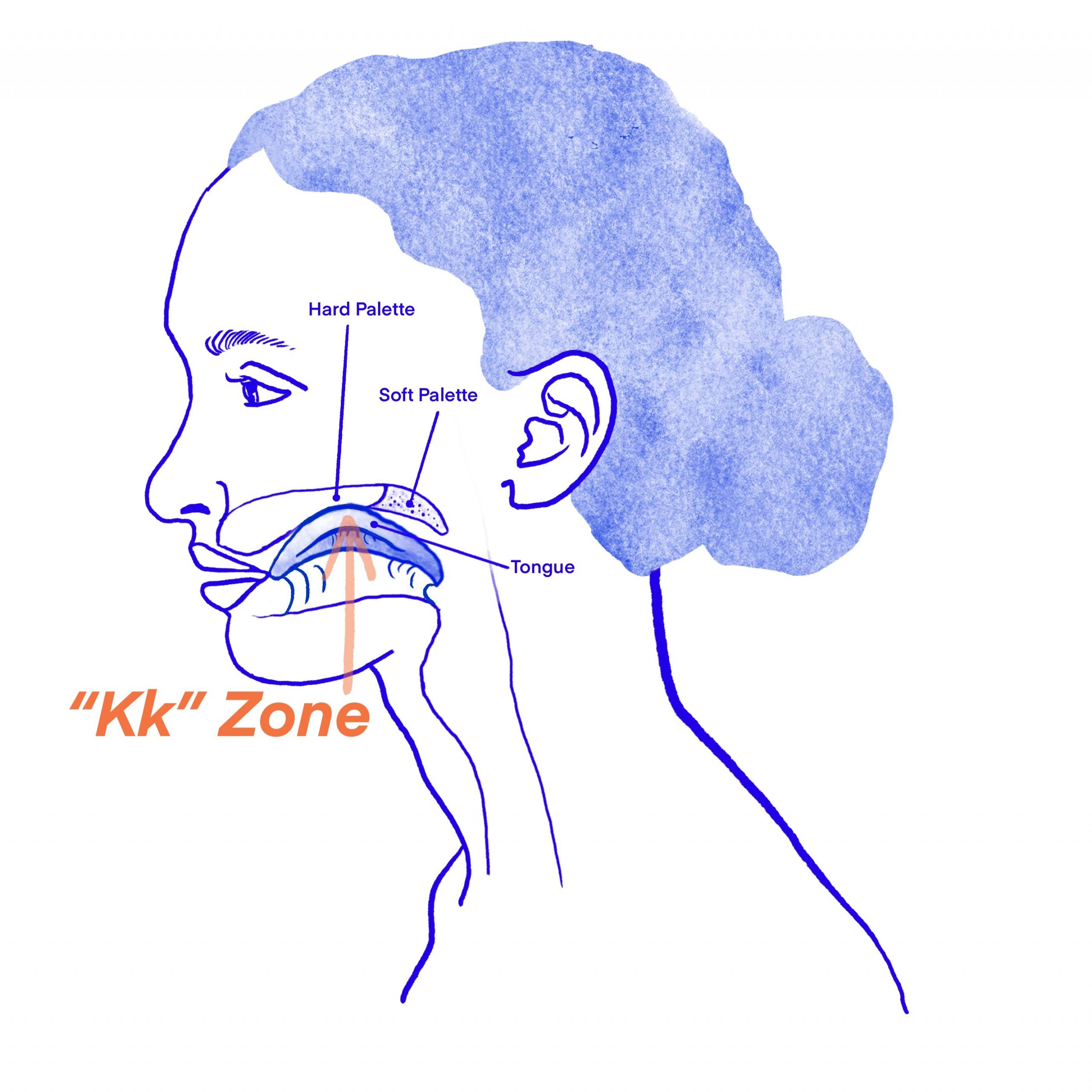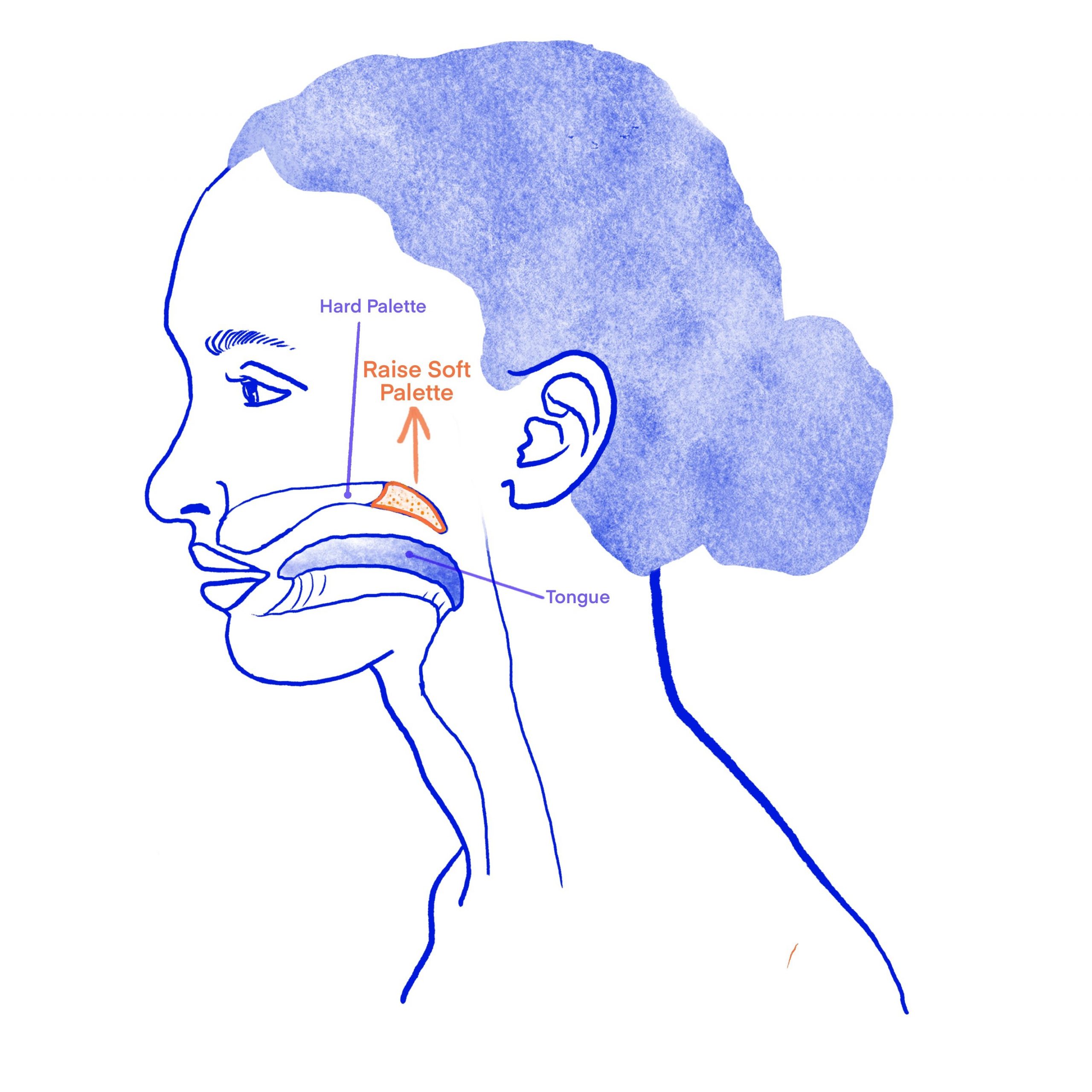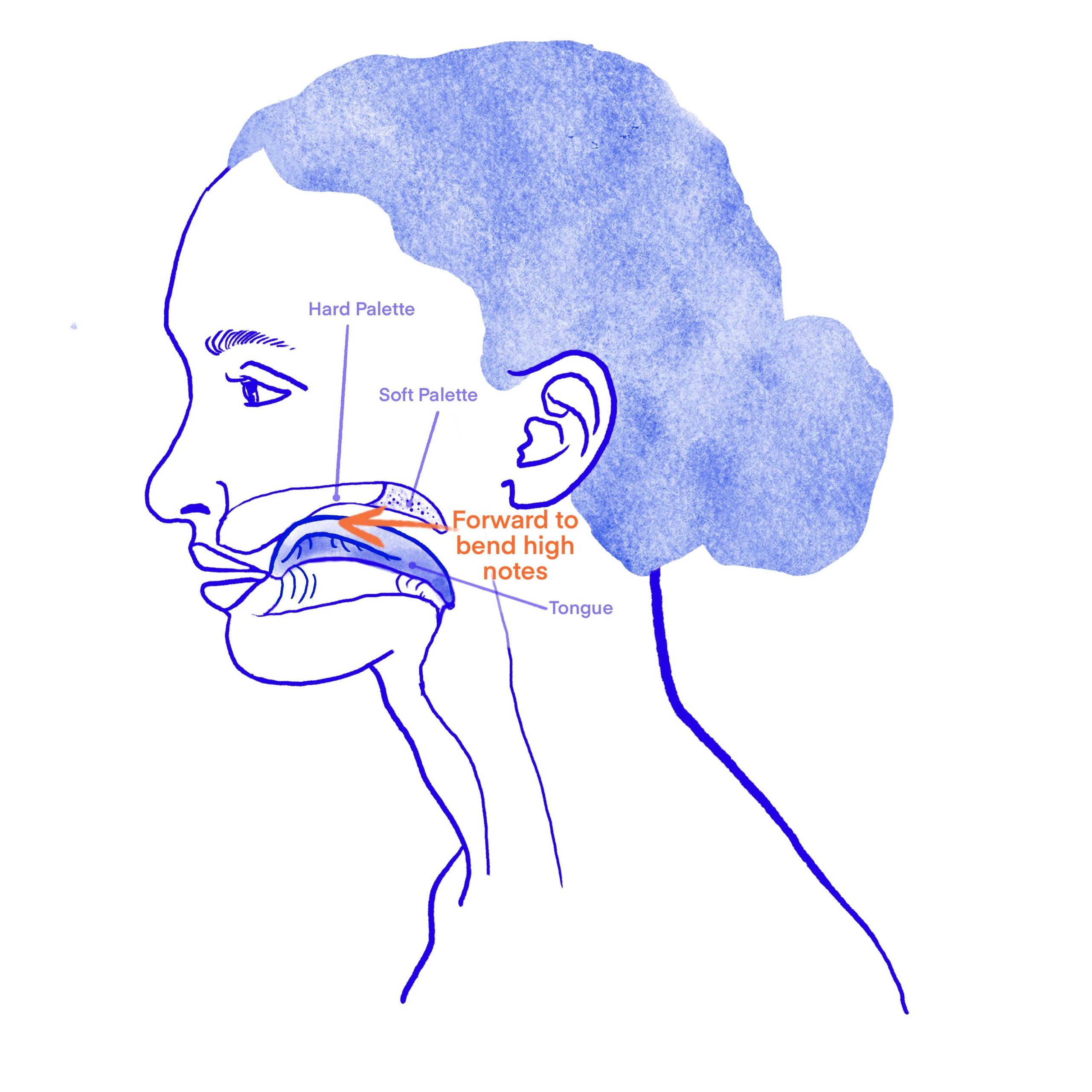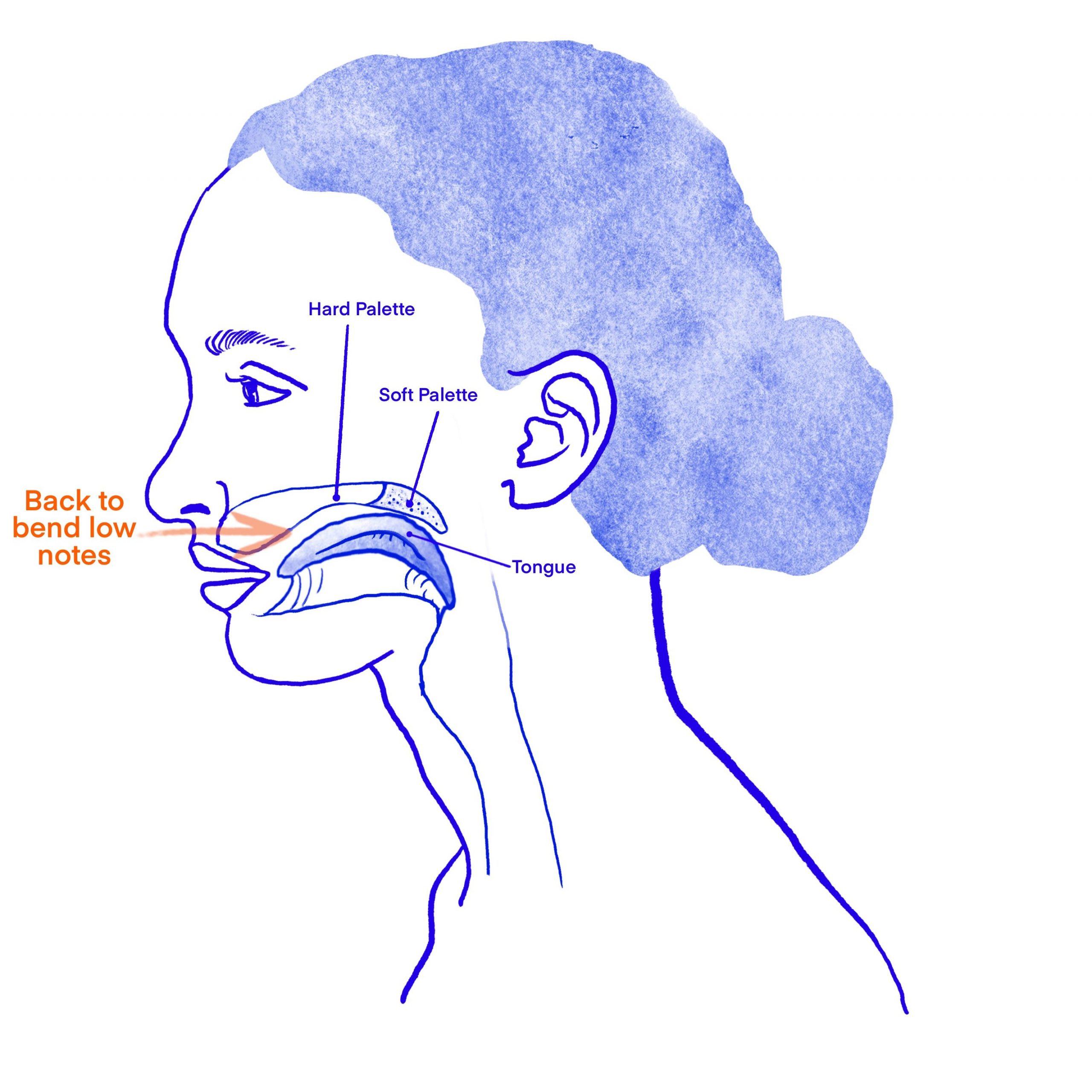What’s the secret to getting that legit bluesy sound on your harmonica? You guessed it…bending. Nail your bends and you’ll be able to inject any song with soul and feel which simply isn’t possible with single notes alone. Here’s my step-by-step guide to getting started with bending.
Why Learn to Bend?
What is harmonica bending, and why should you learn it? On the harmonica, bending is a technique that allows the player to lower the pitch of a note. There are 2 reasons to learn bending:
- Expressiveness. Bending does well to emulate the human voice, especially the wailing, crying sounds that are well-suited for soulful bluesy harmonica playing.
- To be able to play the “missing notes.” There are many notes that can only be achieved on the harmonica through bending. Some of these are the “Blue” notes that help us to be able to play bluesy stuff, but even being able to play the major scale in the low octave (holes 1-4) requires some mastery of bending.
How Is Bending Accomplished?
There are two inter-related techniques that are involved in bending notes on the harmonica:
- Activating the bend (generally takes weeks or months to master)
Accomplished by:
- Putting the back of the tongue into the “Kk” Zone
- Creating suction between the back of tongue and the roof of mouth
- Moving the “Kk” zone very slowly forward and backwards until pitch drops. Also, raising the soft palette will help, the part of the mouth that lifts when we yawn.


- Tuning the Bend (takes a lifetime to master)
Tuning the chamber of the mouth dictates how deep a hole bends.
To bend deeper, lowering the pitch more, make the mouth cavity bigger by:
- Moving the back of tongue (in the “Kk” zone) further back
- Raising the soft palette higher, and opening back of the throat
- Lowering the back of the tongue so that it is no longer in the “Kk” zone, and/or moving the back of tongue (in the “Kk” zone) further forward.
- Releasing (lowering) the soft palette, and relaxing the back of the throat
Here is an example of what the back of the tongue looks like when moving the “Kk” forward and back
Related to this concept is this fact:
Bending higher notes requires smaller, more forward tongue positions.

Bending lower notes requires mouth positions that are bigger, and with the tongue more toward the back of the mouth.

Prerequisites for Harmonica Bending
Before you start working on bending, make sure you’ve mastered the Deep Relaxed Mouth Position and that you can play clear single notes using lip blocking. These techniques will ensure that you have the proper seal required to be able to bend well.
Get ready to be patient with yourself! Harmonica bending is likely to seem elusive. You may get it once, and then not be able to get it again for minutes….or days. Plan on giving yourself at least a few weeks of trying to get it, before expecting it to really start to come together for you. And then expect it to take a lifetime to master. I still haven’t mastered it.
Take lots of breaks. Don’t try too hard! It’s probably better to try it for a few minutes here and there rather than trying to lock yourself in a room until you can do it. Using excessive force will hinder your attempts at bending. Frustration often leads to using excessive force. Again, don’t try harder, try easier! Take a deep breath. Relax. And just play with it.
Get a proper harmonica that is made for bending, and make sure it’s in good shape. I recommend a Lee Oskar, a Hohner Special 20, or if you are on a tight budget the Fender Blues Deluxe will still serve you well.
Getting Your First Bend
Take another deep breath. Relax, and remember just to play with this. We’re gonna try a whole bunch of different ways to help you get your first bend. So don’t lose heart if you don’t get it right away. That’s normal. You will get it eventually if you keep trying these different ideas! Try, and try again….
The “Kk” Zone
This approach is important for us to consider. Not only can it help you to activate your first bend, it is also the technique for later our later goal of tuning the bends. Again, our focus right now is NOT trying to play bends in tune. Our focus right now is just trying to get a note to bend at all!
-4 on the C harmonica is the hole most people can learn to bend the most quickly and easily for the first time. Occasionally, someone will get -1 before they can get a -4. So these are my two recommendations for where to try getting your first bend on the harmonica:
- -4, mostly, and then
- -1, If you’re not having any luck, every once in awhile
Say the consonant “Kk” over and over again and try to feel where the back of your tongue is hitting the hard palate on the roof of your mouth. That’s what I’m calling the “Kk” zone. Now, without playing the harmonica yet, just try inhaling while firmly keeping the tongue in the “Kk” zone. Like this:
The “Kk” zone creates suction in a small passageway between your tongue and the roof of your mouth. The “Kk” zone is moveable. You can move it backwards until it feels like you’re swallowing it, and you can move it forwards. You can think of it as pulling your tongue back on the one hand, and pushing more forward in the middle of the tongue against your hard palette on the other. The tip of your tongue doesn’t really move very much. It’s like this piece of paper:
Playing with this motion helps to get your first bend, and later on will help you to fine-tune your bends. To get the feel of it, try making “The Airplane Diving” sound, and notice what it’s doing at the back of the throat and the soft palate. Next, try making the sound while inhaling and feel the movement of your tongue.
Next let’s try it on the -4 and try to make it a -4’
And, if that’s not working, let’s try it on the -1, and make it a -1’. Remember that this will require that the “Kk” zone be further back in the mouth, and soft palate is lifted
The Tilt Bend
I’ve heard it said that bends are activated by changing the direction of the jet stream in our mouth. If that’s true, it helps to explain why our next approach might work.This was the trick that helped countless people get their first bend, including yours truly.
As you’re bending the pitch down, tilt the front of the harmonica toward the ceiling until it’s at about a 45 degree angle, like this:
EE-YAW
Haven’t gotten one yet? Ok, forget everything else. I know this has helped some people get a bend for the first time. Just say the vowels ee to aw. In “ee” the mouth is wide, and in “ah” it is tall and open in the back. Now visualize the pitch dropping as you inhale while saying them on the -4, like this:
KAH-YOO
Haven’t gotten one yet? Here’s yet another one. Let’s say “Kah” followed by “Yoo” with an emphasis on the “Y” sound in creating a little channel in the “Kk” zone. Try it while inhaling, and then with the harmonica in the mouth on the -4, like this
I Can’t Tell if I’m Bending
Many people at the beginning can’t hear whether or not the pitch is dropping when attempting to bend a note, so they don’t know whether or not they are achieving a bend. In this situation the Bend It Better tool is an absolute Godsend. The Bend It Better tool is also helpful for becoming aware if you are passing right through it which leads us to our first tip.
Tip 1: You Might Be Passing Right Through It!
I’ve seen beginners who have been trying for weeks to get bending and are so frustrated, and they show me what they’re doing, and I detect that they actually are bending, but it’s happening and releasing so fast that they can’t even hear it. So the key here is to slow down the movement of the back of the tongue toward the back of the mouth.
The Bend It Better tool will tell you if a quick bend is happening that’s escaping the perception of your ear.
Tip 2: Visualize the Pitch Dropping
It might sound funny, but when we bend a note on the harmonica, we are literally tuning the cavity of the mouth to a pitch just slightly below the pitch to which the harmonica bends. So visualizing the pitch dropping is helpful to achieve a bend.
Tip 3: Relax
Tension is the most common hindrance I observe in people beginning to play harmonica. And frustration only increases tension. So that’s why I keep repeating to you these ideas: Stop. Take a deep breath. Relax!
If you literally say, “I don’t even care if I learn how to bend. It’s not important,” that will put you in the right level of detachment and relaxation to be best poised for success!
Tip 4: Try and Try Again
Chances are that you haven’t yet gotten your first bend. If you have, congratulations! If not, don’t give up! I recommend going back to the beginning of this blog and going slowly through everything here again. Put it down. Walk away from it. Then try again! And again! You may also check out JP’s vintage lesson on it here.
Do not despair if you’re still not getting it, you’re in good company. Many of us couldn’t get our first bend for days, weeks, or months. Just keep coming back to it and playing with it. It will come if you don’t give up!
Playing Riffs like Long Train Runnin’ by the Doobie Brothers
Once you’ve gotten the bend, let’s put it into practice! If you’ve gotten the -4 bend, you’re ready to learn a lick in the style of the harmonica solo that comes in at 1:31 on Long Train Runnin’, by the Doobie Brothers.
It starts like this, sliding up into the -4, bending it down and releasing it:
-4 -4’ -4
So pretty much exactly what we’ve been practicing while learning to bend is the beginning of this great harmonica solo. Just draw on hole 4, bend it down, and release the bend.
Next we’ve got 3 little scoops:
-4’ -4 -4’ -4 -4’ -4
Later on The Doobie Brother’s lead vocalist Tom Johnston, who plays harmonica on this tune, gets into some much more difficult rhythms. But we can still learn them slowly, and then the speed will come with time. But first we have to learn how to start a note in the fully bent position.
To do this play the note, bend it down, and stop your airflow while paying close attention to the position of the inside of your mouth. Try not to allow anything to change inside of the mouth, and then restart the airflow. Rinse and repeat, until you can consistently start the note in the bent position. Once you can start a note in the bent position, try this riff:
-4’ -4 -4 (repeat over and over)
As you speed up this phrase over time, you may benefit from the articulation of “Toe-ah” on draw bent to released, followed by a “Ta” syllable on the final -4.
Toe - ah Ta -4’ -4 -4 (repeat over and over)
Smoke on the Water by Deep Purple
Since you can now start a note bent, you’re ready to play Smoke on the water. Let’s try bending another hole, the -6. The motion to get the -6 is very similar to get the -4, except slightly smaller and more forward in the mouth.
Here are tabs to Smoke on the Water:
-4 -5 6 -4 -5 -6’ 6 -4 -5 6 -5 -4
Originally in the key of G. So if you want to play these tabs along with the record, you’d need a Low F harmonica.
Take Me Home Country Roads
In my Harmonica Tabs 101 blog, I taught how to play the first 4 lines of Take Me Home Country Roads. Let’s revisit that now and add some color to a couple of the notes by bending into them.
Here are the original tabs:
4 -4 5 5 4 -4 5 -4 4 5 6 -6
Now we are going to bend up into the last note of the 2nd and the 4th phrases to add a little color:
4 -4 5 5 4 -4’ -4 5 -4 4 5 6 -6’ -6
John Denver does this song in the key of A, so you would need an A harmonica to play along with the original recording.
Well you’ve gotten your first bend on the harmonica, and put it into practice in a couple of songs. Congratulations! You’re on your way to a lifetime of discovering the hidden treasures that this technique will unlock for you. Enjoy the journey!
I’ll be doing blogs in the future about how far you can bend different notes on the harmonica, and teaching songs that utilize all the bends that are available to us.

Comments
Got something to say? Post a comment below.